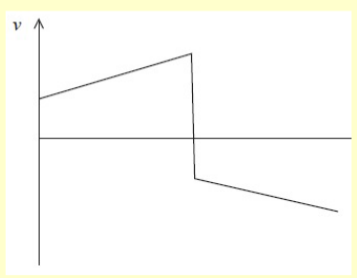Electric Fields
1/20
There's no tags or description
Looks like no tags are added yet.
Name | Mastery | Learn | Test | Matching | Spaced |
|---|
No study sessions yet.
21 Terms
Electric field
A region where charged particles experience a force
Electric field strength (E)
The force experienced per unit positive charge
E = F/Q
Electric field strength = force experienced/charge
What is the difference between gravitational field strength an electric field strength in terms of energy?
Gravitational is always attraction so is negative
Electric can be either
What do the electric field lines on a point charge look like?
Straight lines pointing away from the point charge
When the field lines are closer together, the field is stronger
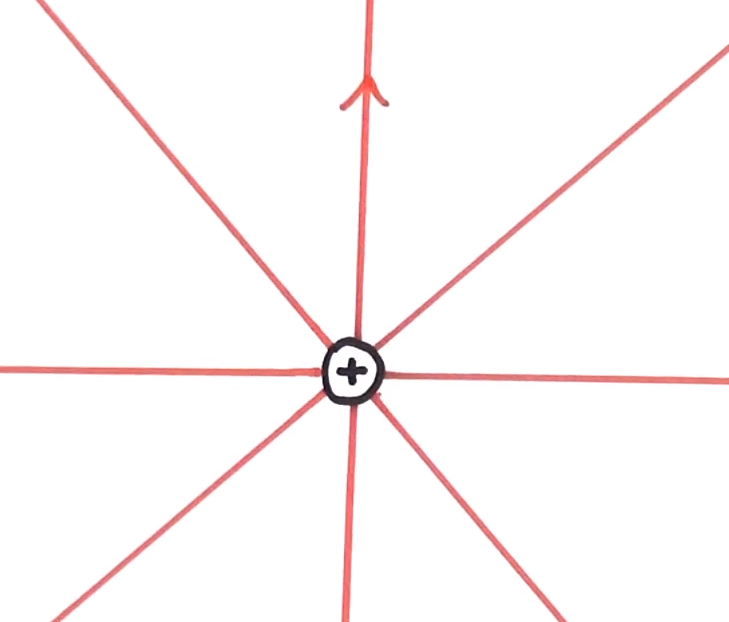
What do the electric field lines look like between two opposing point charges?
The particles are attracted to each other, hence using the flow of electrons the positive goes to the negative
They swerve because they can’t go to the negative side due to the weaker field
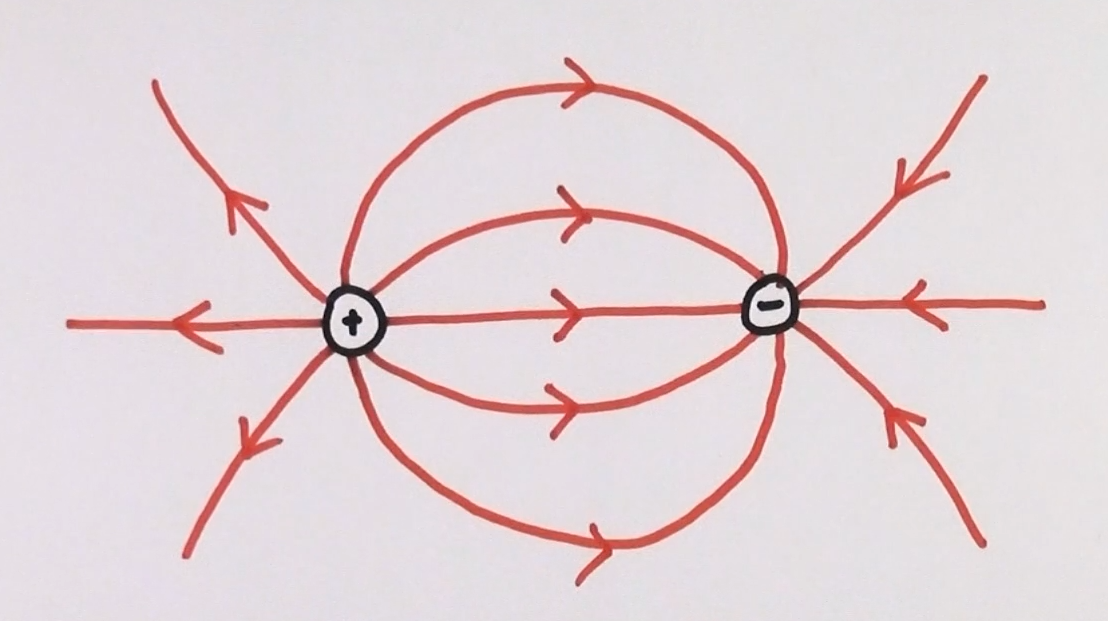
What do the electric field lines look between two of the same point charges?
Both charges repel from each other
Field lines never cross
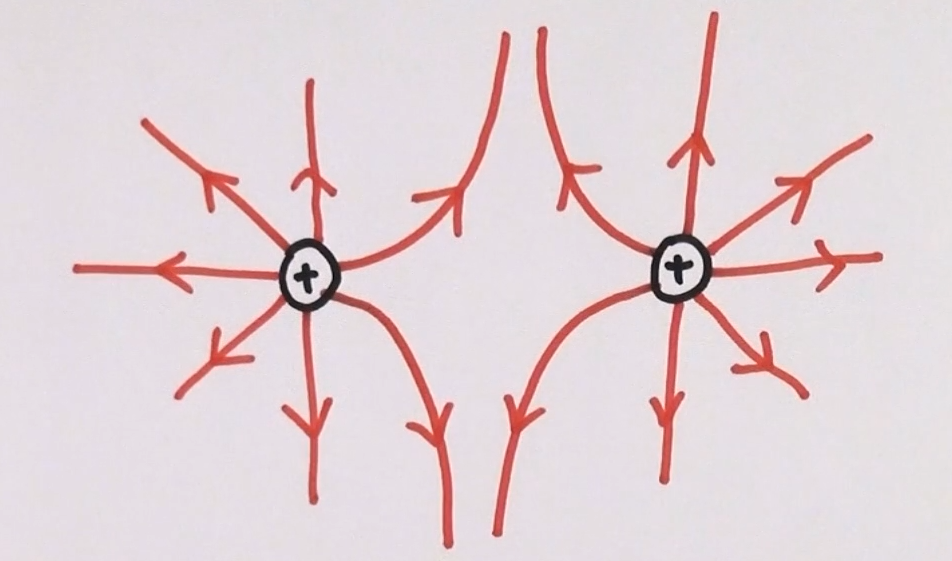
What do the field lines look between a charged particle and an oppositely charged wall?
Field lines from positive to negative normal to the wall
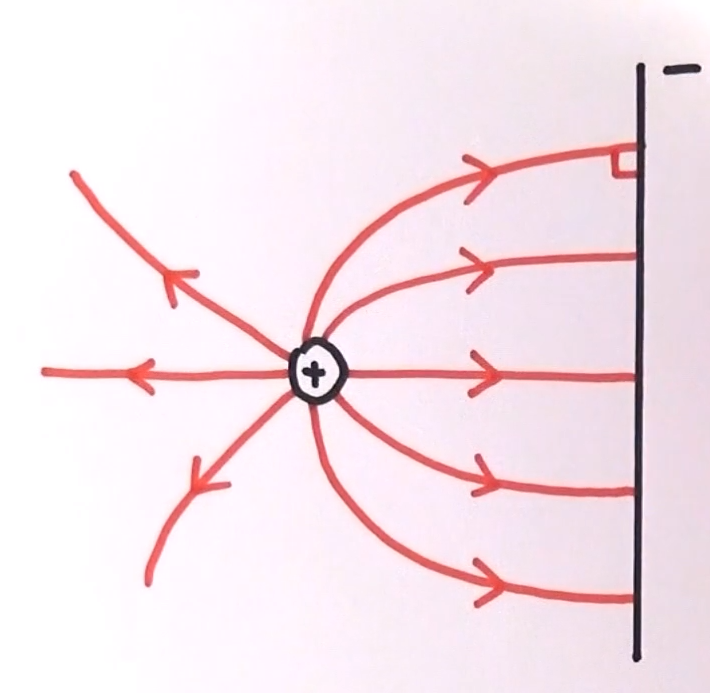
What do the field lines look between two oppositely charged walls?
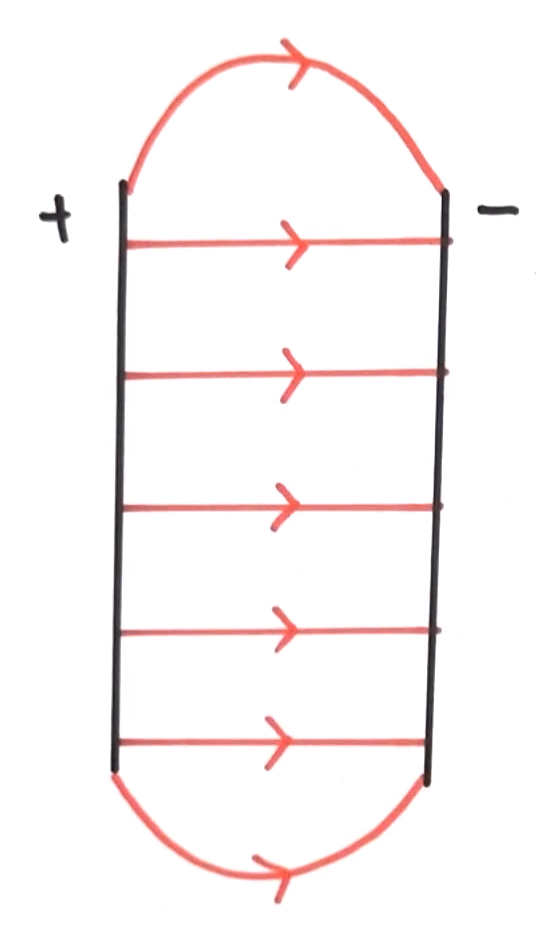
Coulombs law
The force experienced by a charge particle is directly proportional to it’s charge
The forced experienced between two objects is inversely proportional to the distance squared
F = Qq/4πε0r2
ε0 = Permittivity of free space = 8.85 × 10^-12
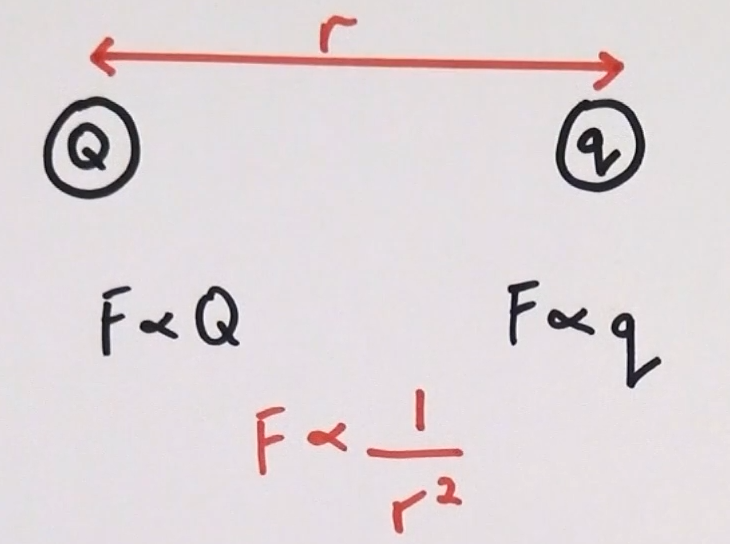
Derivation of E = V/d
W = Fd
VQ = EQd (W = VQ, E = F/Q)
E = V/d
Gravitational fields vs electrical fields
G is caused by mass, E is caused by charge
G is always attractive, hence is always negative, E is either
Gravitational field strength = F/m
Electrical field strength = F/Q
F ∝ Mm and F ∝ Qq
F ∝ 1/r² for both
Equations for force and energy are different
Field lines are opposite for point masses/charges
Electric potential energy
The work done to bring particles from infinity to a separation of “r”
E = Qq/4πε0r
Electric potential
The work done per unit charge to bring a positive charge to a point from infinity
V = E/q = Q/4πε0r
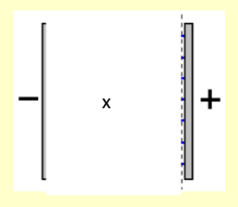
Where are the points in the electric field where the potential difference is equal to X?
A vertical line at X
Equipotential lines
Directionless lines which are perpendicular to the electric field lines
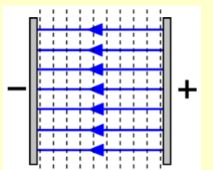
How does electric potential vary with distance in a uniform electric field?
Directly proportional
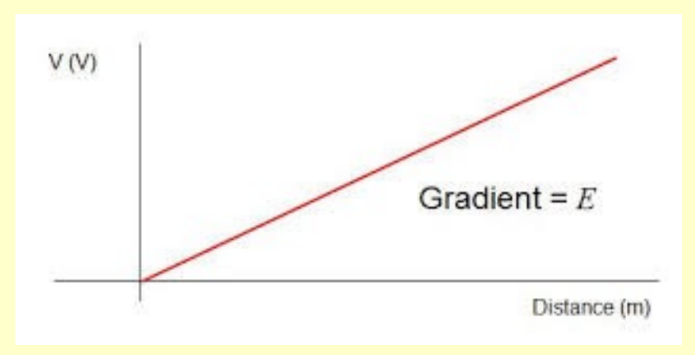
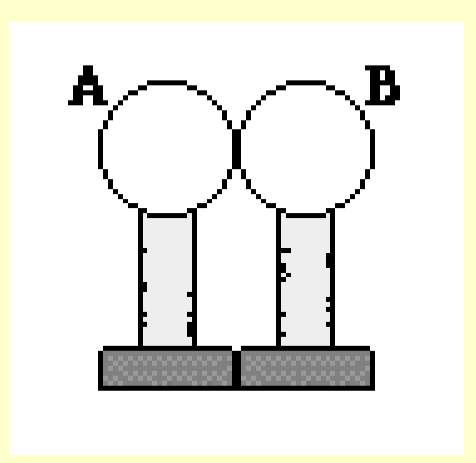
Describe the changes in charge when a negative balloon is put near two metal spheres A and B
The negative charge is attracted to A, hence making A negative
The negative charge from A is attracted to B, so B becomes negative whilst A becomes positive as it gives it’s charge away
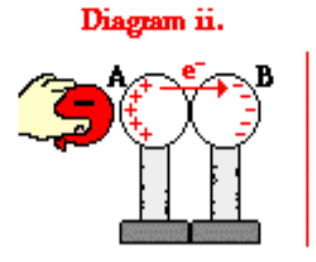
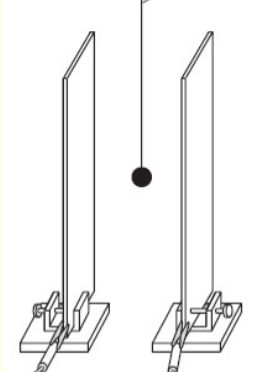
A carbon-coated ball is between two oppositely charged plates. Describe the motion of the ball if it begins at one of the walls
The ball is in a uniform electric field, hence it experiences a uniform acceleration towards the other wall
The velocity increases until it hits the other wall, instantly turning negative and accelerating in the negative direction
